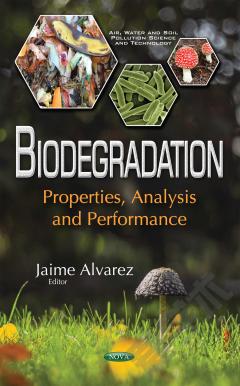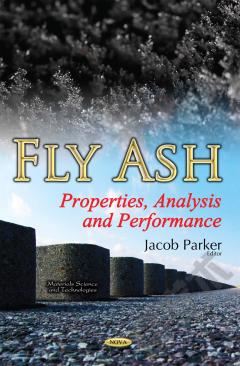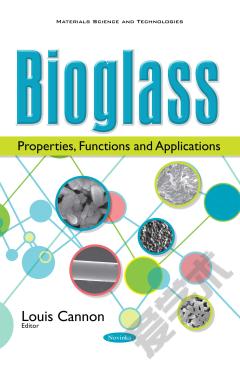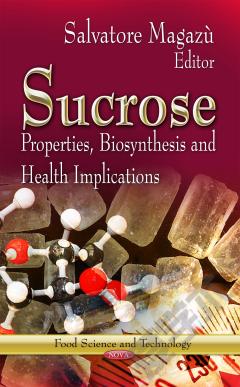Biodegradation: Properties, Analysis and Performance
This book provides an overview of biodegradation. The first chapter provides a detailed description on the ability of Rhodococcus UKMP-5M to act as a biological tool to remediate phenol, chlorinated compounds, nitrile, oil spillage and cyanide which selection was primarily based on their large-scale presence in industrial wastewater. Chapter Two presents advances made in recent decades on the understanding of the metabolic capabilities of sulfate reducing bacteria (SRB) from marine and other types of sediment (i.e., freshwater, estuarine) for the biotransformation of carbon compounds and sulfate that are present as pollutants in several types of waters and soils. Chapter Three concentrates on the different parameters that influence biodegradation speed and energy release potential. Chapter Four reports and discusses several examples on biodegradation with bacteria and fungi of organochlorides, organophosphates, and more recently of pyrethroid pesticides. Chapter Five discusses heavy metals as biodegradation inhibitors of the forest litter in contaminated areas. Chapter Six introduces ecologically feasible ways of treating environments contaminated by BTEX (a mixture of benzene, toluene, ethylbenzene and xylene) based on efficient microbial metabolism.
{{comment.content}}








 京公网安备 11010802027623号
京公网安备 11010802027623号